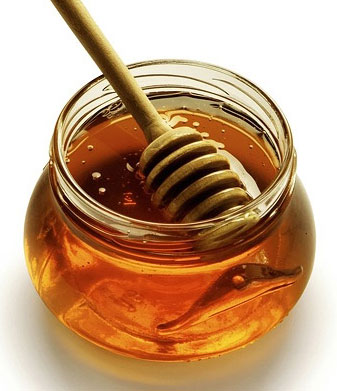
Human activities often have a significant impact on the environment. Contaminants that infiltrate our natural resources can be detrimental to the health of both humans and animals. The Organic Chemistry section analyzes air, soil, water, vegetation and food to identify and measure potentially toxic organic compounds, such as plasticizers, pesticides, personal care products, pharmaceuticals and industrial chemicals.
Testing is conducted for state agencies, public water supplies, county public health departments, businesses and private citizens. Routine environmental monitoring is conducted to evaluate the ongoing health of Iowa’s environment, while responsive testing is conducted to determine the risk of human and animal exposure in the event of environmental catastrophes.
Analysis for organic compounds is conducted using highly specialized methods and instrumentation in order to detect very low levels of organic compounds. New testing methods are implemented as new threats emerge, such as the possible presence of hormones and steroids in drinking water.
Organic Chemistry sections of the lab include Gas Chromatography Analysis and Liquid Chromatography Analysis, so named for the technology used in the analyses of various samples to determine organic contaminants. A gas chromatograph is used to analyze relatively low molecular weight organic compounds that can be vaporized by heating, while a liquid chromatograph can detect extremely low levels of compounds that have a higher molecular weight and are not as easily vaporized.
HIGHLIGHTS
- Partnered with researchers at the National Institutes of Health to conduct a study of drinking water from 10 Iowa cities looking at how endocrine disrupting chemicals have been linked to adverse effects on human reproductive systems and the thyroid. Findings from the study were presented at the Iowa Governor’s Conference on Public Health.
- Applied for and became an approved lab for testing drinking water under the EPA’s Unregulated Contaminant Monitoring Rule 4, scheduled to begin in 2018.
- Expanded testing of unknown products and materials for problem-solving purposes for clients, including pesticide oversprays, drinking water contamination, train derailments and various investigations.
- Contributed to several Lab Link articles, including “State archaeologists and lab confirm time in a bottle,” “Meteor from 74 million years ago still affects Iowa water,” and “Ethanol from train derailment spurs water assessment.”
- Trihalomethanes in water
- Haloacetic acids in water
- Nitrogen containing herbicides in water, vegetation and soil
- Volatile organic compounds in water and soil
- Semivolatile organic compounds in water and soil
- Carbonyls in air
- Acid herbicides in vegetation and soil
- Glyphosate in vegetation and soil
- Glyphosate in water
- Miscellaneous pesticides in vegetation and soil



